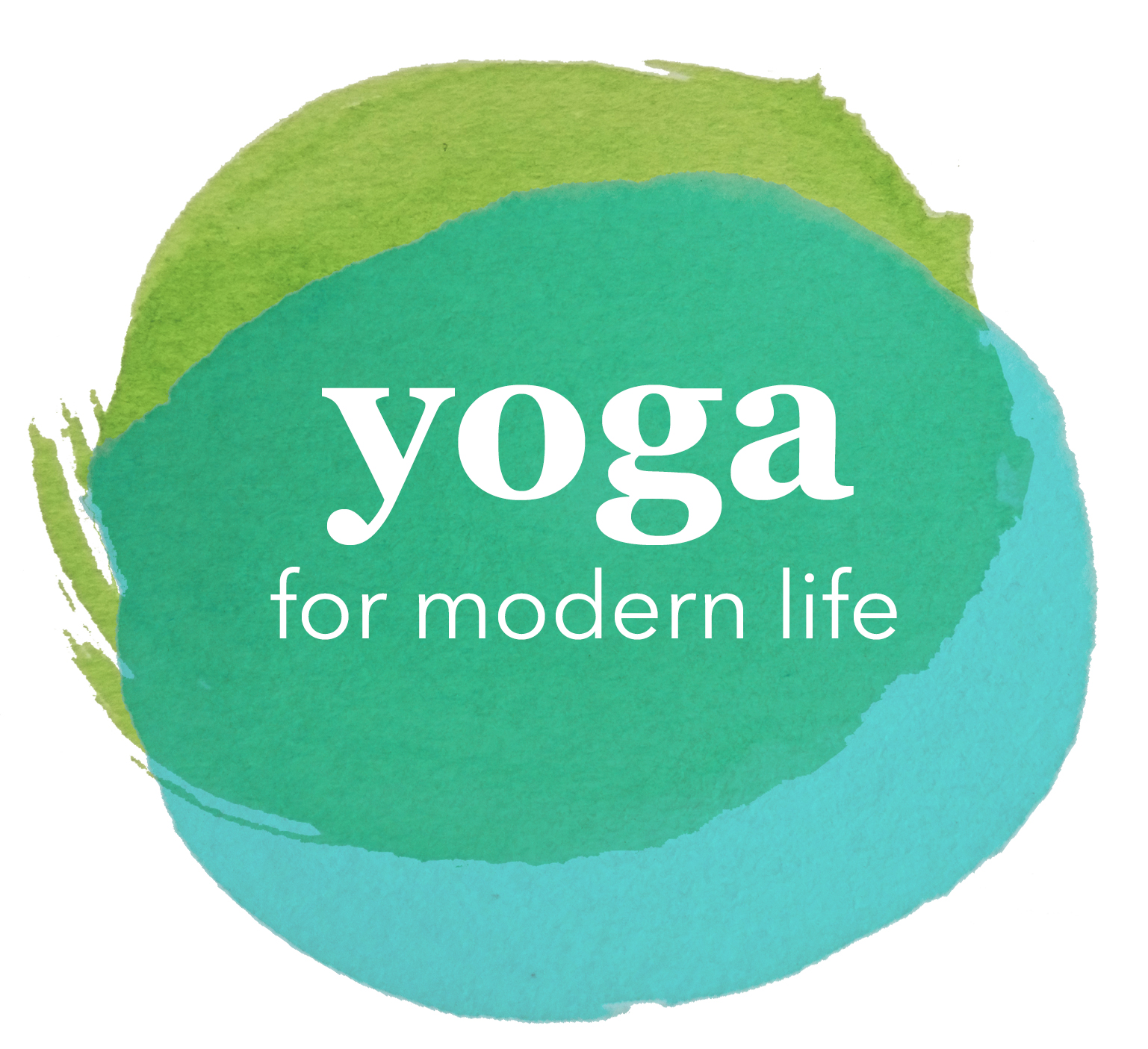Celebrating Yoga Props
Yoga Props - a brilliant addition to your practice
Yoga is a fundamentally accessible activity and can be practiced in a variety of settings and places, and it doesn't require much in the way of specialist equipment. However, there are a number of basic props you can use to help you get the most from yoga. These can also help make some asanas more attainable for those with limited mobility. A good class or studio will have these props available for you to use, but at home you can always use alternative items from around the home (and there's some suggestions below).
Yoga mat
A nonslip yoga mat is especially useful for standing poses where the feet are wide apart and there is a risk of slipping. They also act as padding for sitting and lying poses. Using a mat can also improve your sense of spatial awareness.
Yoga block
These are often used in sitting poses to elevate the hips and move the lower back into a neutral alignment. For example, when in a Seated Forward Bend, if there is tightness in the lower back or hamstrings, the pelvis sometimes tilts back. By placing a yoga block underneath the hips, the hips can tilt forward a little so the weight is directly on the seat bones, thereby straightening the spine. Yoga blocks can also be used to help the hands reach a stable place in forward folds (effectively bringing the floor up to you a little). A yoga block can also be used in a more supportive manner, such as being placed under the sacrum in Bridge Pose.
At home you could sit on a cushion or folded blanket, and in standing poses you could use a stable book to do the same thing as a block.
Yoga brick
A yoga brick is often used as an alternative to a block under the hands in poses as outlined above. Its a slightly different size (basically the size of a house brick) and made from foam or cork (cork ones being a bit more stable and firmer, but of course not having the softness of a foam block)
Yoga strap
A yoga strap, depending on how it is used, can be used to assist in stretching muscles farther, can support the body, or simply be used to extend the arms reach. To stretch the muscles more deeply in a Seated Forward Bend, for example, a yoga strap can be placed around the balls of the feet, increasing the resistance and so encouraging the ankle joint to stretch more intensely. The hamstring and calf muscles also stretch more in this instance. A yoga strap can also be used to allow relaxation and give support, for example placed around the lower back, inner thighs, and ankles while in Cobbler's Pose (butterfly legs), will let the legs and hips relax while still being supported by the yoga strap. A yoga strap can be used in a reclined leg stretch around the ball of the foot, to effectively extend the arms, and allow you to open out the leg without straining the arms, back or shoulders.
At home, you could use a luggage strap, a belt or a scarf.
Blanket
A blanket can be used to provide padding for the body. For example, it can be placed underneath the hips in seated poses, under the hips and tummy in front lying poses It can also be used to cover the body in relaxation simply to provide warmth. Lovely.
At home you can use any blanket you have to hand, whether cotton, fleece or wool. Cotton blankets add a little more stiffness and support, fleece and wool ones are softer and warmed for relaxation.
Wall
While not strictly a prop, a wall can be useful in learning poses that require a good deal of balance, such as Headstand Pose or Half Moon Pose, because the wall can support the body and give you a sense of correct alignment. Some wide-leg forward bends can also be practiced with the hands on a wall and the spine parallel to the floor instead of placing the hands to the ground. You can stand by a wall when doing balances such a Tree Pose, using it for stability and then gradually moving the hands away when you feel more confident. You can also use the wall in lovely restorative postures, such a Legs Up The Wall.
Chair
Using a chair can be useful for those with limited mobility. For example, if moving to and from a sitting position is not possible, a spinal twist can be performed sitting on the chair with the feet on floor. The torso can then simply rotate to one side, with the left hand on the right knee and the right hand on the seat of the chair next to or behind the hips, before repeating on the other side.
I hope this little outline of yoga props is useful, and helps to show that you don't need to have lots of expensive equipment to practice yoga - you can always improvise with bits and bobs from around the home.

